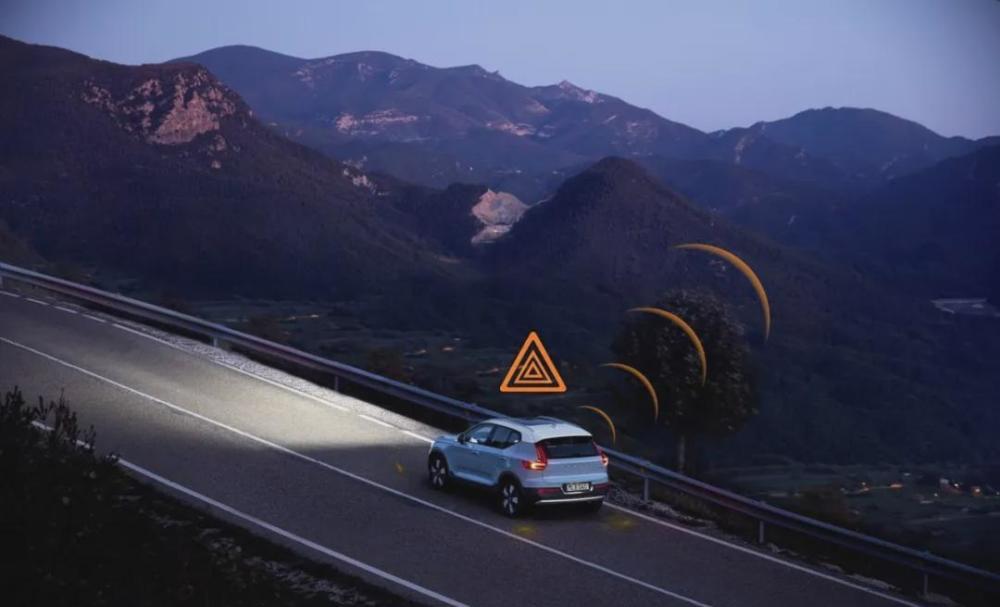The emergence of new car-making forces has greatly promoted the intelligent development of automobiles, three or four years ago, everyone did not attach great importance to the automatic driving assistance system, and thought that this configuration was quite chicken ribs, because the degree of intelligence of the driving assistance system at that time was not high, so it could only complete a simple car or brake action.

But as competition between new forces intensifies, everyone is scrambling to introduce more intelligent driver assistance systems to gain widespread recognition. Especially after Tesla introduced the FSD function, the competition around high-level autopilot assistance became more intense. After Tesla launched the NOA function based on the FSD function; Weilai did not want to show weakness, followed by the launch of the NOP function; Xiaopeng launched the NGP function; although the ideal is at the head of the new domestic forces, it has not achieved much in the automatic driving assistance; although WM does not develop its own automatic driving assistance system, but with the cooperation with Bosch and Baidu, the L2 level automatic driving assistance system has been achieved very smoothly.
So what is the difference between these different brands of autonomous driving assistance systems? Are there any advantages and disadvantages between them? Before saying the difference, it is necessary to classify the types of autonomous driving assistance that currently exist, these automatic driving assistance systems can be mainly divided into two categories in the implementation of the way, one is Tesla's special promotion of intelligent driving assistance systems through visual radar, ultrasonic radar, millimeter wave radar and complex algorithms; the other is Weilai, Xiaopeng respected, through ultrasonic radar, millimeter wave radar and even lidar, combined with high-precision maps and vehicle-road collaboration system to achieve automatic driving assistance system.
The biggest difference between these two methods is that Tesla's autopilot assistance system does not rely on high-precision maps and vehicle-road coordination systems, it relies more on complex autopilot algorithms, and Tesla focuses on making the vehicle itself more intelligent, just like people driving, and can respond reasonably to all situations. The advantage of this automatic driving assistance system is that the vehicle is not limited by the driving area, that is to say, it can achieve automatic driving assistance in many road sections, but the disadvantage is that the algorithm requirements are too high, and it is very difficult to achieve full automatic driving at the current level.
The autonomous driving assistance system advocated by new forces such as Weilai and Xiaopeng is relatively easy to achieve automatic driving because it is necessary to use high-precision maps and vehicle-road coordination systems. With the assistance of high-precision maps and vehicle-road coordination systems, vehicles have direction guidance during the driving process, which one has traffic lights, which one has sharp bends, and where it needs to get off the ramp. This way of achieving autonomous driving is relatively easy, but the disadvantage is that it relies too much on high-precision maps and vehicle-road coordination systems. In areas that are not covered by high-precision maps, the high-level automatic driving assistance system represented by Weilai and Xiaopeng cannot play its due role.
There is also a kind of automatic driving assistance system, that is, WM's AVP automatic driving assistance system, but its use scenarios are very limited, only available in and out of parking spaces, and its role also depends on high-precision maps. But it can also drive itself autonomously through learning, a mode limited to friends with fixed parking spaces. Before stopping, the owner needs to open the learning mode, after completing a stop, the vehicle will learn the way of parking just now, so as to remember it, and the next time it can be operated automatically. This function is more like the tracking function carried by BMW and Haval, and it is somewhat difficult to say that it is autonomous driving.
So are there any advantages and disadvantages of these different ways of autonomous driving assistance systems? In fact, in Uncle Che's view, there is no absolute advantage or disadvantage between them, but there is a difference in the way of implementation. Although there are many constraints to the automatic driving assistance that relies on the high-precision map and the vehicle-road collaboration system, it is an automatic driving assistance system that can achieve higher initiative at this stage; although Tesla's recommended method is more intelligent, its performance at this stage is not as good as the automatic driving assistance that relies on the high-precision map and the vehicle-road collaboration system. So there is no absolute superiority or inferiority between them.
Uncle Che summed up
At present, the technical routes of autonomous driving assistance systems vary, but their ultimate goal is to achieve fully autonomous driving. On the road to full automatic driving, it is not only necessary to have self-developed algorithms, but also to master the core technology of hardware equipment such as automatic driving chips, otherwise automatic driving is only wishful thinking for OEMs. When chips, algorithms, high-precision maps, and road systems are all provided by external forces, OEMs are obviously vulnerable to suppliers. Therefore, the road to automatic driving in major OEMs is not smooth, but it is precisely because of the challenges that automatic driving is particularly attractive.